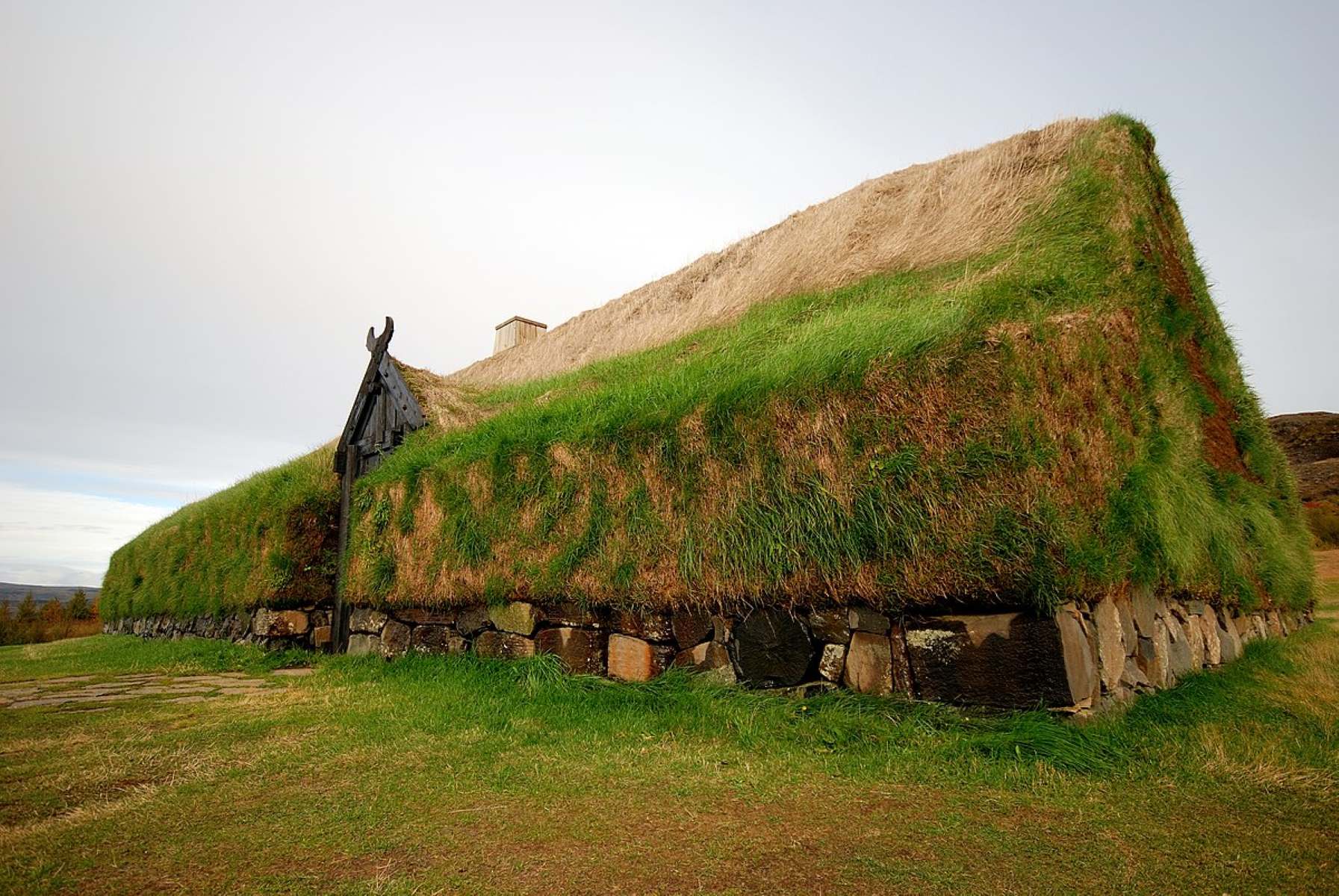Mysteries Of The Stöng Longhouse

Have you ever wondered what life was like in a Viking longhouse? The Stöng Longhouse in Iceland offers a glimpse into the past. This ancient structure, buried under volcanic ash for centuries, has been carefully excavated and reconstructed. Walking through its halls, you can almost hear the echoes of Viking families who once lived there. Imagine the warmth of the central hearth, the smell of smoked fish, and the stories shared around the fire. Visiting the Stöng Longhouse is like stepping back in time, providing a unique opportunity to connect with history. Ready to explore this fascinating piece of Viking heritage?
The Enigmatic History of Stöng Longhouse
The Stöng Longhouse, nestled in Iceland's Þjórsárdalur valley, holds a treasure trove of secrets. This ancient Viking homestead, buried under volcanic ash for centuries, offers a glimpse into the past. Let's uncover the mysteries of this fascinating site.
The Origins of Stöng Longhouse
The story of Stöng begins in the early 11th century. Built by Norse settlers, this longhouse served as a hub for daily life and community gatherings. Its construction reflects the ingenuity and resilience of its inhabitants.
Norse Settlement: The longhouse was part of a larger settlement established by Norsemen seeking new lands. These settlers brought with them their customs, traditions, and architectural styles.
Volcanic Eruption: In 1104, the Hekla volcano erupted, covering the longhouse in ash. This natural disaster preserved the site, allowing modern archaeologists to study it in remarkable detail.
Rediscovery: In the 20th century, archaeologists unearthed the longhouse, revealing a well-preserved snapshot of Viking life. The excavation provided valuable insights into the daily routines and social structures of the time.
Architectural Marvels of Stöng Longhouse
The design and construction of the Stöng Longhouse showcase the Vikings' architectural prowess. From its sturdy walls to its intricate details, every aspect of the longhouse tells a story.
Timber Construction: The longhouse was built using timber, a readily available resource in the region. The wooden beams and planks were expertly crafted to withstand harsh weather conditions.
Turf Roof: A thick layer of turf covered the roof, providing insulation and protection from the elements. This innovative design kept the interior warm during Iceland's cold winters.
Central Hearth: The heart of the longhouse was its central hearth, where families gathered for warmth and cooking. This communal space fostered a sense of unity and shared purpose among the inhabitants.
Daily Life in the Stöng Longhouse
Life in the Stöng Longhouse was a blend of work, family, and community. The layout of the longhouse reflects the various activities that took place within its walls.
Living Quarters: The longhouse featured separate living quarters for different family members. These spaces provided privacy while maintaining a close-knit community atmosphere.
Workshops: Various workshops within the longhouse were dedicated to crafts such as weaving, blacksmithing, and woodworking. These activities were essential for the community's self-sufficiency.
Storage Areas: Ample storage areas were designated for food, tools, and other supplies. Proper storage ensured that the inhabitants could survive the harsh winters and unpredictable weather.
Cultural Significance of Stöng Longhouse
The Stöng Longhouse holds immense cultural significance, offering a window into the beliefs and traditions of the Viking Age. Its preservation allows us to connect with a bygone era.
Pagan Practices: Before the Christianization of Iceland, the inhabitants of Stöng practiced pagan rituals. Archaeological findings suggest that the longhouse was a site for various ceremonies and offerings.
Storytelling: Storytelling played a crucial role in Viking culture. The longhouse served as a venue for sharing sagas, myths, and legends, passing down knowledge and values through generations.
Community Gatherings: The longhouse was a focal point for community gatherings, where people came together to celebrate, discuss important matters, and strengthen social bonds.
The Legacy of Stöng Longhouse
The legacy of the Stöng Longhouse endures, offering valuable lessons and inspiration for future generations. Its preservation and study continue to shed light on the rich history of the Viking Age.
Educational Resource: The longhouse serves as an educational resource, providing insights into Viking life for students, historians, and enthusiasts. Its well-preserved state allows for detailed study and analysis.
Tourist Attraction: Today, the Stöng Longhouse is a popular tourist attraction, drawing visitors from around the world. Its historical significance and picturesque location make it a must-see destination.
Cultural Heritage: The longhouse is a testament to Iceland's cultural heritage, reminding us of the resilience and ingenuity of its early inhabitants. Its preservation ensures that future generations can appreciate and learn from this remarkable site.
The Timeless Allure of Stöng Longhouse
Stöng Longhouse offers a unique glimpse into Iceland's past. This ancient site, buried under volcanic ash, has been carefully excavated to reveal the daily life of early settlers. Walking through the reconstructed longhouse, you can almost hear the echoes of history. The sturdy walls and simple furnishings tell stories of resilience and community.
Visiting Stöng isn't just about seeing old ruins. It's about connecting with a time when life was harsh but people thrived. The surrounding landscape, with its rugged beauty, adds to the experience. Whether you're a history buff or just curious, Stöng Longhouse is a must-see. It reminds us that even in the face of nature's fury, human spirit endures. So, next time you're in Iceland, make sure to step back in time at Stöng.

